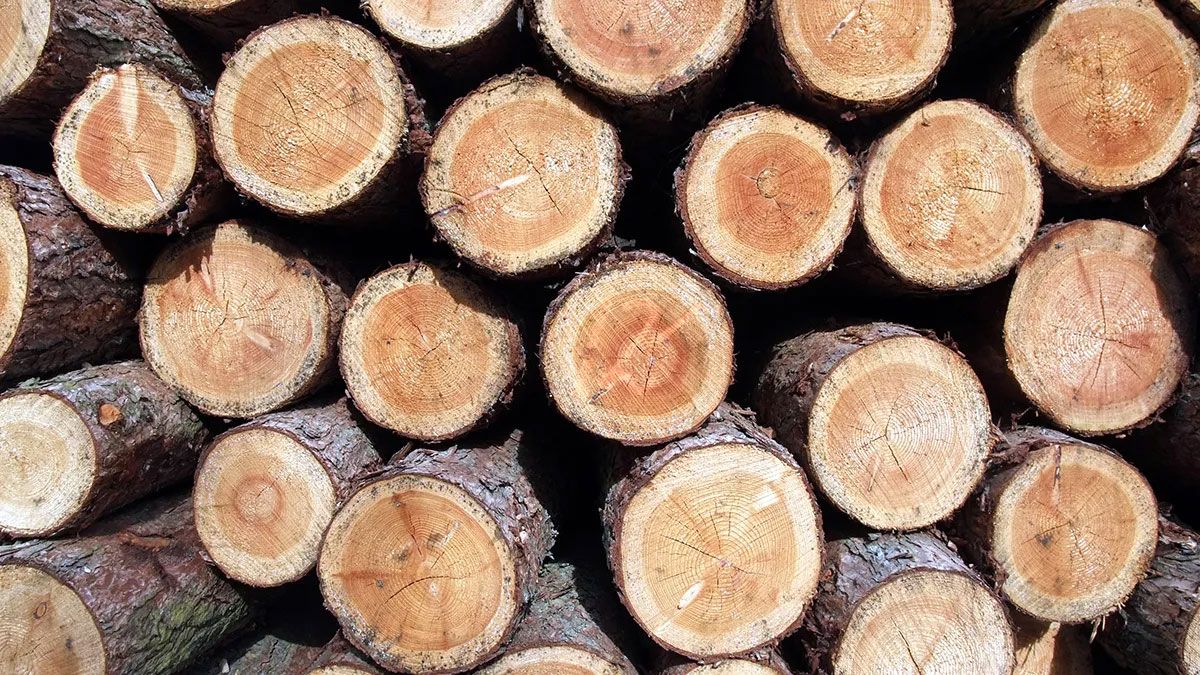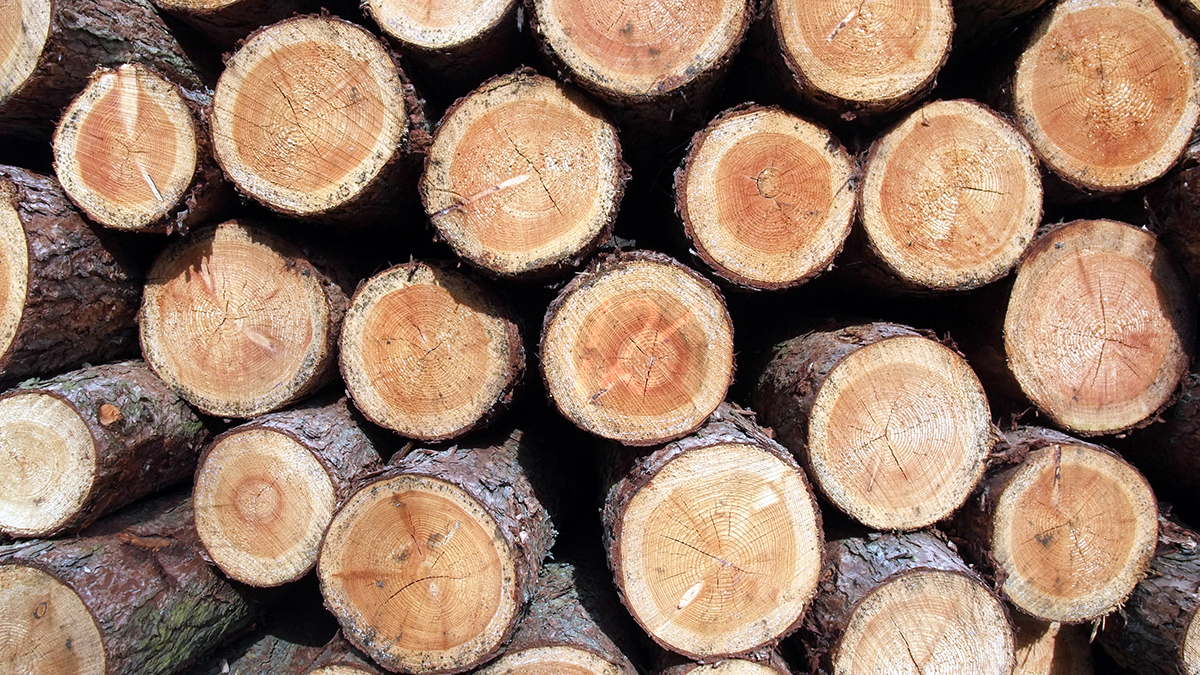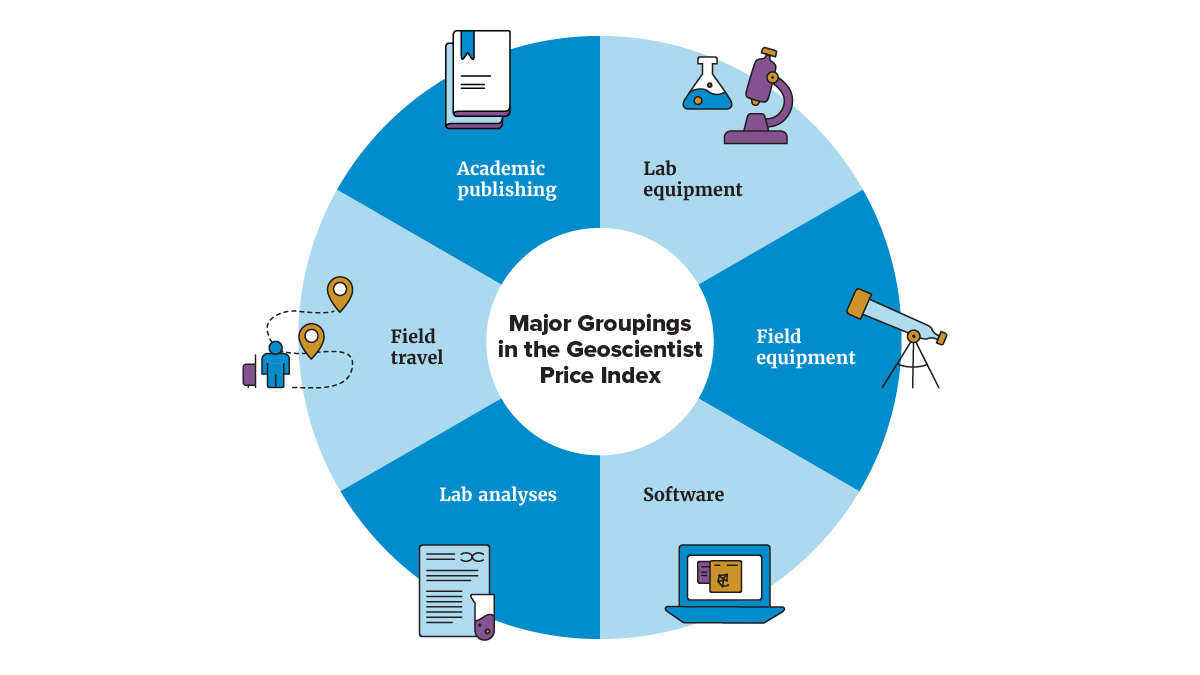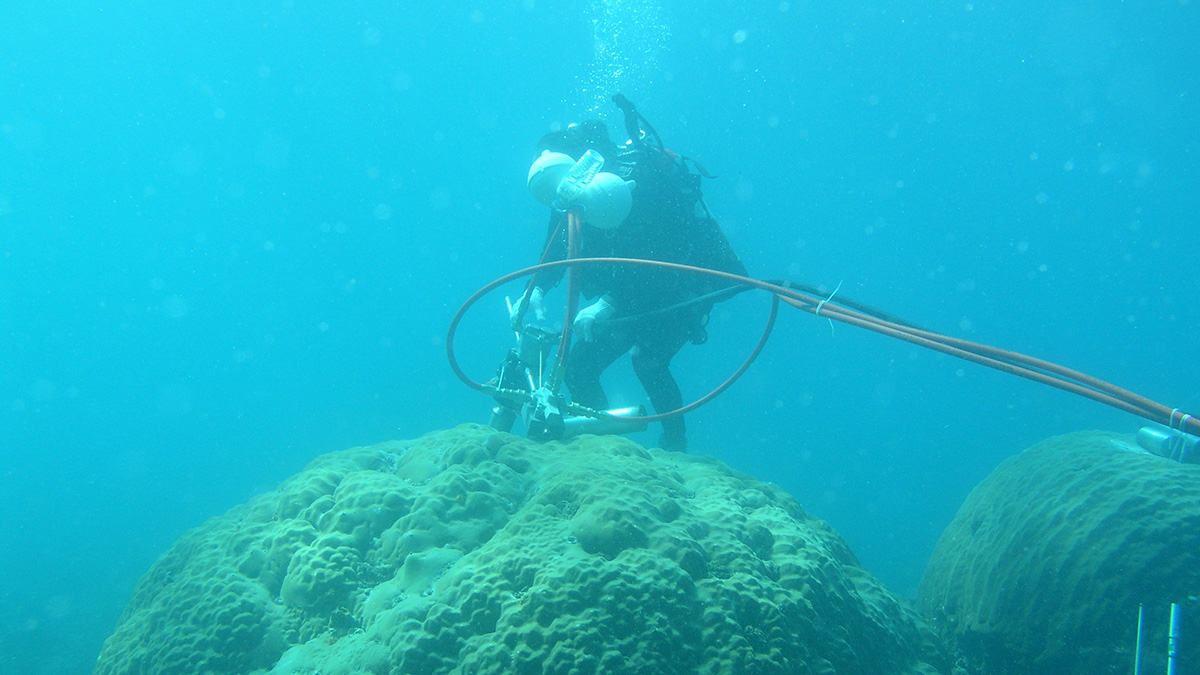A new study estimates that climate change could cost $38 trillion per year, but emissions mitigation and adaptation strategies could limit future damages.
economics
Can the Belt and Road Go Green?
China’s global infrastructure investments could tip the scales on climate change, but its relationship with partner countries is complicated.
Los países más pobres enfrentan consecuencias más graves del cambio climático
A medida que los bosques se desplazan hacia latitudes más altas, las naciones enfrentan pérdidas tanto de beneficios ecosistémicos de mercado como no mercantiles.
Poorer Countries Face Heavier Consequences of Climate Change
As forests shift to higher latitudes, nations to reckon with losses of both market and nonmarket ecosystem benefits.
Benefiting Society with Translational Water Research
A new special collection welcomes translational research contributions that bridge the gap between scientific knowledge and practical applications regarding water as a key societal resource or a risk.
GPI: The Geoscientist Price Index
So you want to be a geoscientist? Inspired by the Consumer Price Index, here’s what might be in your “market basket.”
La chimie du corail reflète l’expansion économique d’Asie du Sud-Est
Les sols en érosion en raison du développement économique ont transporté des sédiments en mer de Chine méridionale… et jusque dans le squelette corallien.
Gaps and Challenges in Coastal Adaptation Research
A new study reviews 650 empirical studies on coastal adaptation, revealing knowledge gaps on its implementation, policy, governance, and economic contexts, especially in the Global South.
La química de los corales refleja la expansión económica del sudeste asiático
La erosión del suelo derivada del desarrollo económico mueve sedimentos hacia el mar del sur de China y también hacia los esqueletos de los corales.










